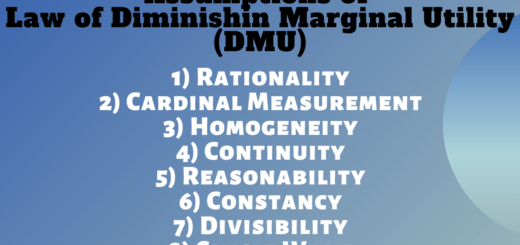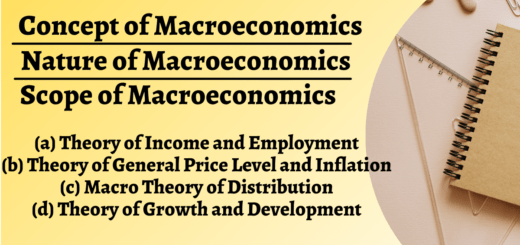Microeconomic Definition | Historical Review of Microeconomics
Microeconomic Definition
Microeconomics and Macroeconomics are the two main branches of modern economics.
The term ‘micro’ is derived from the Greek word, ‘Mikros’ which means small or a millionth part.
The term ‘macro’ is derived from the Greek word, ‘Makros’ which means large. These terms were coined by Norwegian Economist Ragnar Frisch of Oslo University in 1933.
Meaning of Microeconomics:
Micro means a small part of a thing. Microeconomics thus deals with a small part of the national economy. It studies the economic actions and behavior of individual units such as an individual consumer, individual producer or a firm, the price of a particular commodity or a factor, etc.
Define Microeconomics.
1) Maurice Dobb – “Microeconomics is in fact a microscopic study of the economy.”
2) Prof A. P. Lerner – “Microeconomics consists of looking at the economy through a microscope, as it were, to see how the millions of cells in the body of economy – the individuals or households as consumers and individuals or firms as producers play their part in the working of the whole economic organism.”
- Microeconomic Definition | Historical Review of Microeconomics
- Scope Or Nature of Microeconomics
- Exceptions of Law of Diminishing Marginal Utility
- Criticism of Law of Diminishing Marginal Utility
Historical Review of Microeconomics
Microeconomic analysis was developed first. It is a traditional approach. The origin of this approach can be traced back to the era of Classical Economists- Adam Smith, David Ricardo, J. S. Mill, etc.
It was popularized by Neo-Classical Economist, Prof. Alfred Marshall in his book, ‘Principles of Economics, published in 1890. Other economists like Prof. Pigou, J. R. Hicks, Prof. Samuelson, Mrs. Joan Robinson, etc. have also contributed to the development of Micro Economics.
- Importance of Law of Diminishing Marginal Utility
- Utility in Economics ( Concepts of Utility )
- Features of Utility
- Types of Utility


